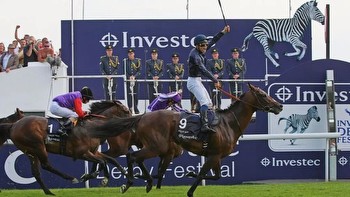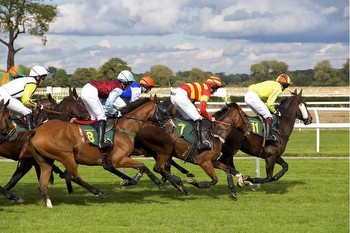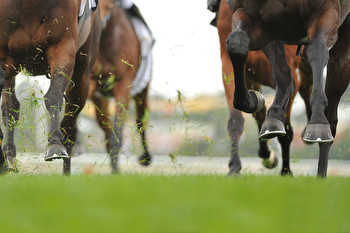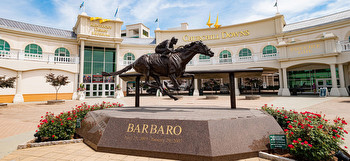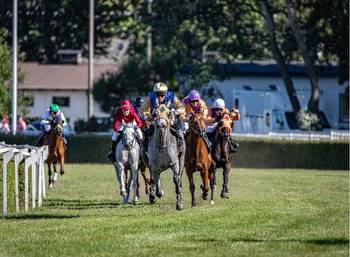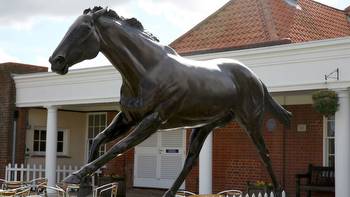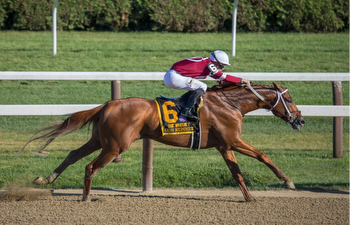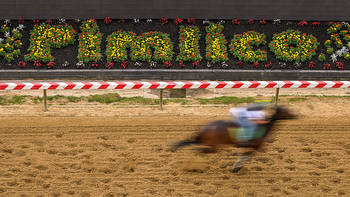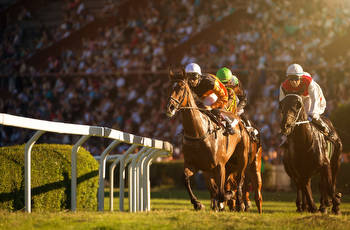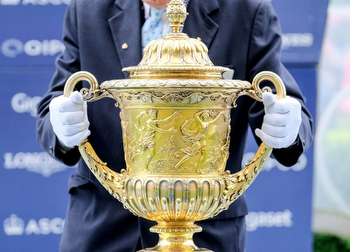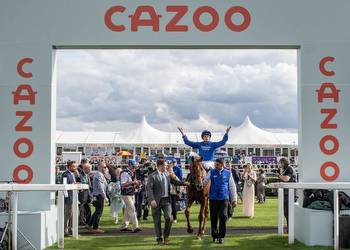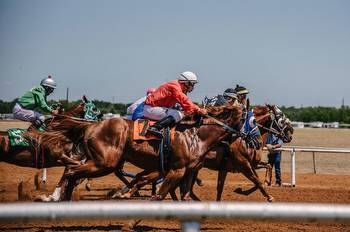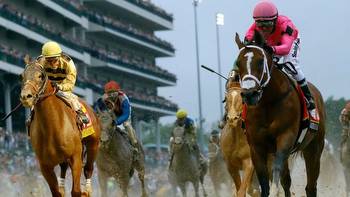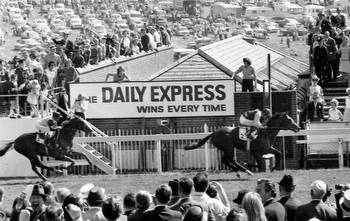A Guide to the Epsom Derby: What You Need to Know
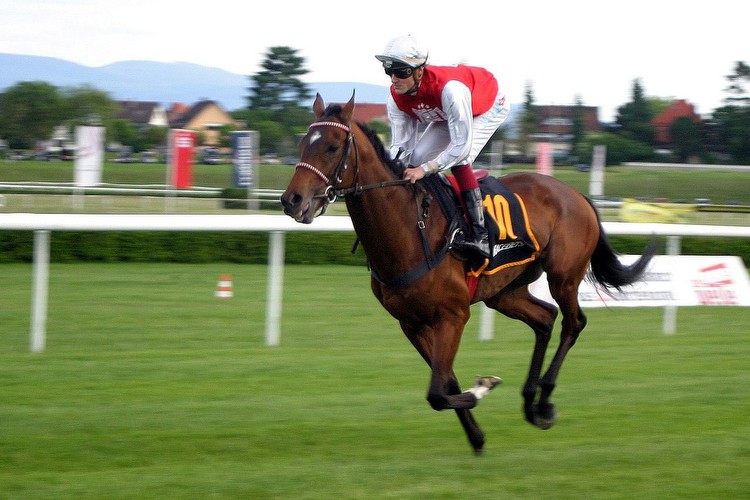
The Epsom Derby is almost upon us, yet many in the States won’t even be aware of what the Epsom Derby is. We’re going to give you all of the information that you need to enjoy the action and feel thoroughly up-to-date on this historic horse race.
The Epsom Derby, sometimes known as the Derby Stakes is a Group 1 flat race, held in England each June. It’s open to three-year-old colts and fillies and is run over a distance of one mile and four furlongs. It’s got an incredibly long history, an incredibly large purse, and as such, has a fanatical following. Let’s take a look at some of the contenders in this year’s race.
At the moment, there are just over one hundred entries for the Epsom Derby, but the confirmation stage isn’t quite upon us. By Derby day, there are usually fewer than twenty entries, who battle it out to take home the £850,000 prize. Last year, Desert Crown was the winner, coming home to huge celebrations for Sir Michael Stoute and connections. Of course, because of age constraints, the Derby never sees the same horse compete twice, so this crop of fancied horses, who are ranking amongst the favorites on this Canadian sportsbook, are all brand new to the race.
Our first pick is the already short-priced favorite Auguste Rodin. This stunning brown colt has won three of his four starts, including a Group 1 on his most recent outing at Doncaster. It was in the Vertem Futurity Trophy Stakes that he really showed his class, beating Epictetus by three and a half lengths, to show he really was in a different class.
Imperial Emperor is next in the betting, priced at 10/1. Though this bay colt has had just one appearance on a racecourse, he made the whole thing look startingly simple. He ran in the Prestige Vehicles British EBF Maiden Stakes at Newmarket and despite running very green, he came home ahead by three and a half lengths.
Sometimes it helps to understand a little of the history of a race if you are to fully enjoy it. Particularly with British races, there tends to be an amazingly long history, which is the case for the Epsom Derby. The race was first run in 1780 and has been run every year since, with the exception of wartime years. It is so old, that it was the first race to be called a Derby, so named after the Earl of Derby. Since coining the name, it has been borrowed for many races, including one run in Kentucky; the Kentucky Derby, as well as the Florida Derby, and the Santa Anita Derby to name just a handful. Not only was it the first race to be known as a Derby, but it was also the first race to be televised. In 1931, it became the first outdoor sporting event in the whole world to be broadcast on television.
The Derby is historically significant because it formed the second part of the Triple Crown. This comprised three horse races, each of varying distances, that held top prizes for winning horses. Any horse to win all three would also become known as a Triple Crown winner. There have been horses who achieved the feat throughout history, but owing to the refined standards for distance breeding nowadays, it is almost unthinkable that a horse could achieve this in the modern day. Still, the Derby is the richest horse race in the British flat racing calendar, even if its place as part of the Triple Crown is less significant now than before.
Now that we’ve covered the history of the race and who the big contenders are likely to be this year, we’ll move onto how the big day will pan out. If you’re lucky enough to be traveling to Epsom to watch the Derby then make sure to arrive in plenty of time as the event draws huge crowds and Epsom is a relatively small town that can become heavily congested.
Once you’ve made your way into the grounds, it’s a good idea to head straight to the parade or even pre-parade ring to take a look at the runners. It’s helpful to be able to see the horses without a jockey on their back, to see how they’re coping with the racecourse atmosphere, and also check to see how physically fit they’re looking. Some people base their entire betting strategy on paddock judging in this manner.
Having enjoyed the parade ring, grab a spot in the grandstand, place your bets if you’d like to, and prepare for the horses to enter the stalls and begin the race. Watching from in the grandstands always affords the best view of the whole track, but sometimes it’s more exhilarating to grab a spot by the winning post for the final few furlongs. Feeling the horses thunder past is a feeling unlike any other, the perfect way to enjoy your first Epsom experience.
Subzero equine therapy uses pressurized CO2 to target very specific areas such as joints, including the hock, stifle, pastern and fetlock, resulting in optimized range of motion and reduced pain.
- Initial results visible within just 60 seconds
- Infrared temperature and distance sensors for real-time control
- Rapid attachment systems for faster setup and storage
- Long-lasting battery and 15’ polyurethane-shielded cord
- Backlit, interactive LCD screen shows treatment data
- Treatment protocols for different conditions
Vets, trainers and physiotherapists report rapid pain relief and overall faster recovery from equine injuries through targeted cold therapy. This versatile and easy-to-use device treats numerous regions of the sports horse’s body for effective maintenance and injury prevention.

